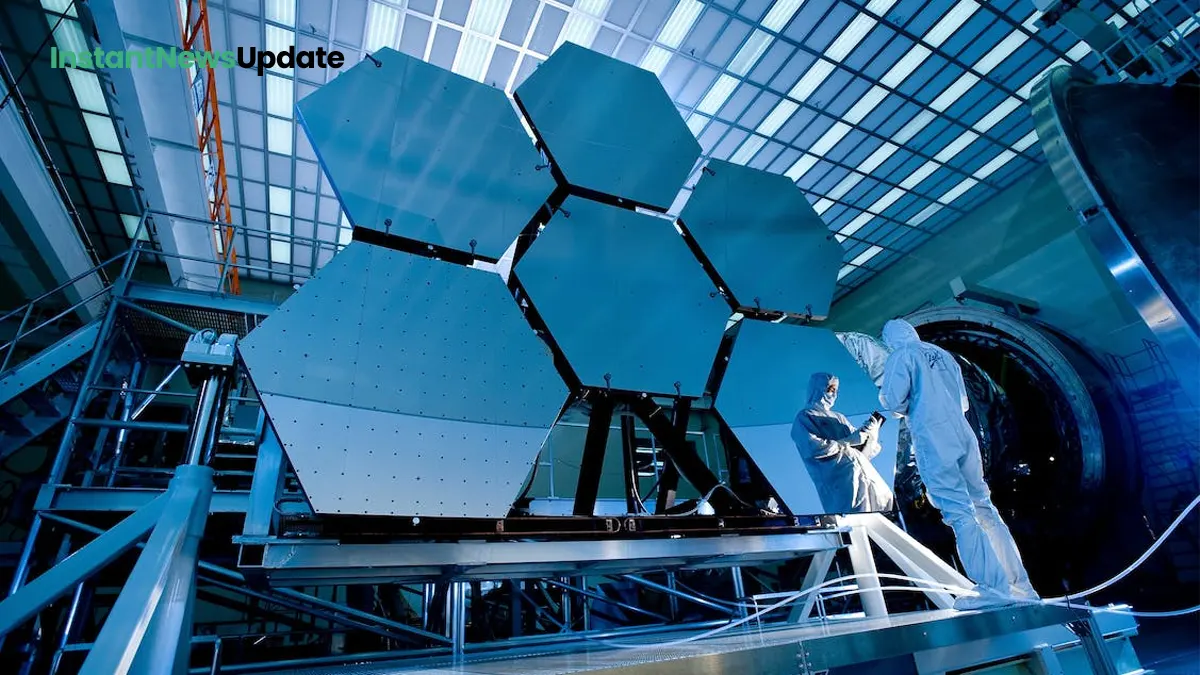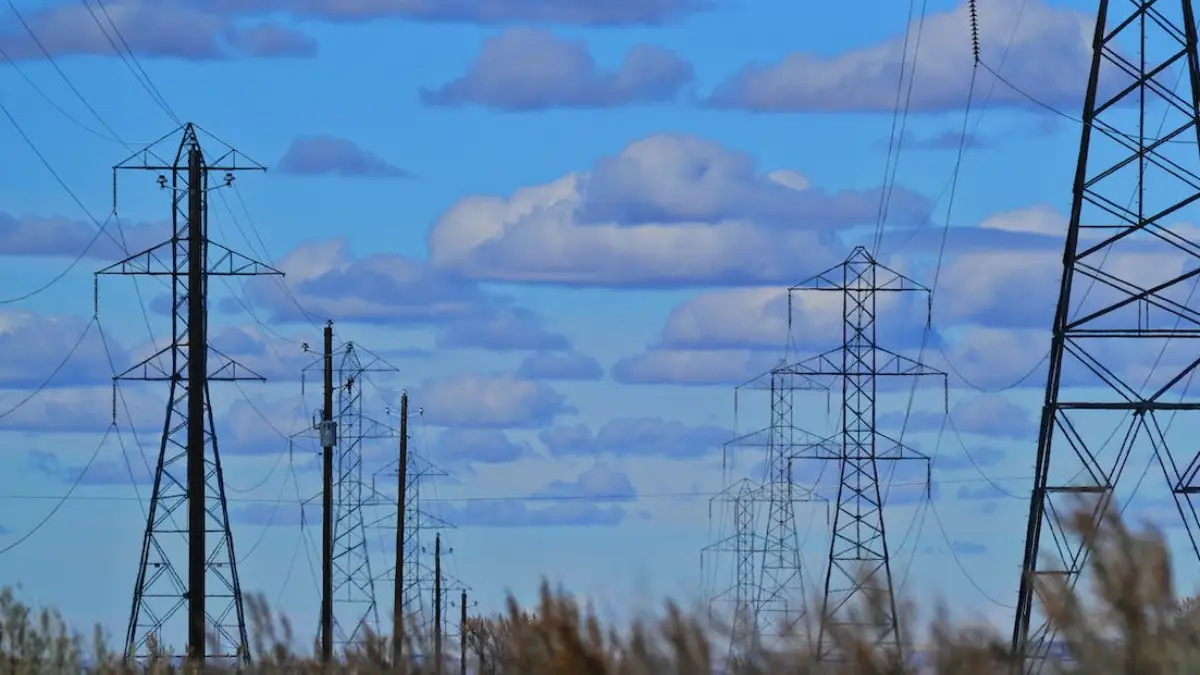Scientists Collaborate to Enhance Carbon Capture Techniques
Introduction:
A groundbreaking scientific endeavour is underway, focused on advancing our understanding of carbon capture and storage within volcanic rock formations. Experts are teaming up to explore innovative methodologies for measuring carbon dioxide (CO2) retention in volcanic rock, a crucial step in combating greenhouse gas emissions.
Mineralisation Technique and Icelandic Success:
The mineralisation approach, demonstrated effectively in Iceland, utilizes the reactivity of basalt volcanic rock to swiftly transform CO2 into new minerals, securely sequestering it deep underground. This technique’s potential in reducing atmospheric carbon dioxide levels, a primary contributor to global warming, has garnered considerable attention.
The Collaborative Effort:
A group of scientists, in partnership with Icelandic mineralisation operator Carbfix, is embarking on a mission to assess fresh techniques for tracking CO2 absorption. This study will be conducted at Hellisheidi, Iceland’s largest geothermal power plant, where the effectiveness of carbon capture will be examined, and the long-term storage’s safety verified.
Cutting-edge Methodology:
Leading the charge is Stuart Gilfillan from the University of Edinburgh, supported by a team of experts. Their arsenal includes advanced mineral analysis techniques and a pioneering CO2 fingerprinting tool, currently undergoing patenting by Edinburgh Innovations, the university’s commercialization arm.
Funding and Collaboration:
The Inclusion project, in collaboration with Carbfix and the Scottish Universities Environmental Research Centre (SUERC), secures £1 million in funding from the Natural Environment Research Council’s Pushing the Frontiers initiative. This investment empowers the pursuit of innovative solutions for carbon storage challenges.
Unveiling Key Insights:
Dr. Gilfillan emphasizes that this undertaking aims to enhance our knowledge of securely entombing CO2 in basalts. The study also endeavours to enhance our comprehension of basalt and other volcanic rock’s reactivity, with global applicability in mind, including Scotland.
Advancing Carbon Credits and Confidence:
Professor Fin Stuart, director of SUERC, highlights the endeavour’s contribution to determining the chemical signature of injected CO2 within Carbfix’s infrastructure. By observing these changes during storage, the project seeks to instil confidence in the efficacy of mineralisation-based storage methods and promote participation in carbon credit initiatives.
Industrial-Academic Synergy:
Dr Sandra Osk Snaebjornsdottir, head of CO2 mineral storage at Carbfix, acknowledges the symbiotic relationship between prestigious research institutes like the University of Edinburgh and industrial advancements. This collaboration not only enriches Carbfix’s verification methods but also nurtures expertise for the future.
Conclusion:
The collaboration between scientific expertise and industrial innovation ushers in a new era of understanding carbon capture and storage within volcanic rock formations. This pioneering initiative holds the promise of contributing significantly to global efforts in mitigating climate change.









